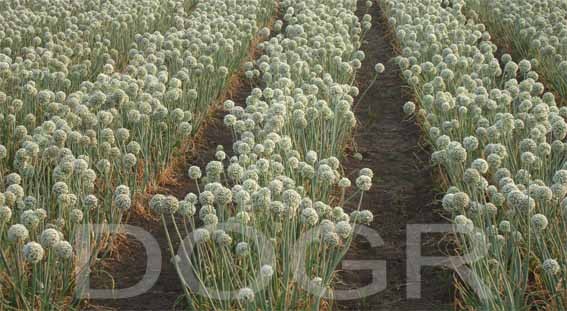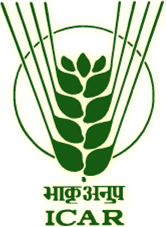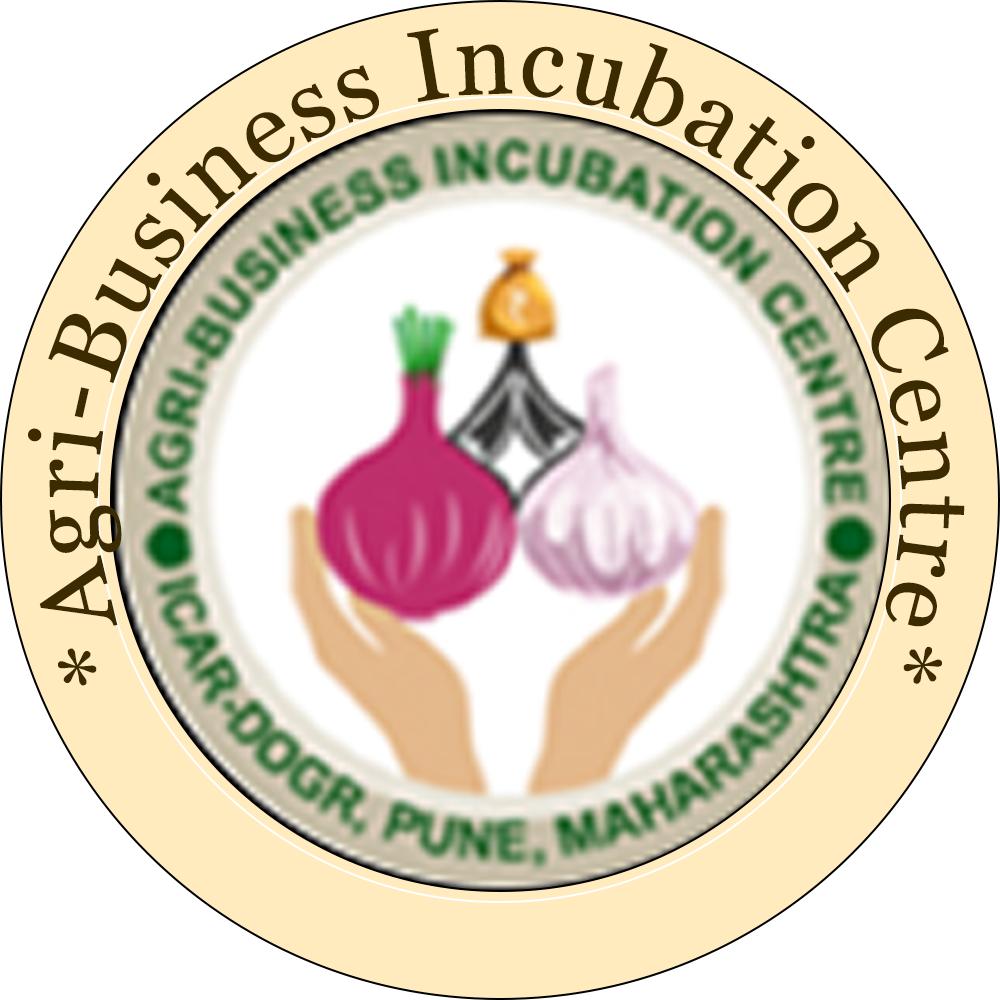Onion Seed Production
Best Practices for High-Quality Seed Cultivation
Introduction
Seed is the basic unit of crop production and plays a more significant role than environmental and cultural factors. India requires approximately 9,400 tons of onion seed annually to cover 11.73 lakh hectares. However, only 40% of the seed demand is met by the organized sector.

Healthy onion seed crop in production field
Seed-to-Seed Method
- Seedlings overwinter in the field
- Bulbs flower without harvesting
- Disadvantages:
- No bulb examination
- Poor genetic purity
- No roguing possible
Bulb-to-Seed Method
- Bulbs produced in first season
- True-to-type selection
- Top ⅓ cut for inspection
- Advantages:
- High genetic purity
- Bulb characteristic control
- Disease management
Key Production Factors
Climate Requirements
Tropical types flower under these conditions. Best planting time is October-November.
Bulb Storage
- Temperature: 25-30°C
- RH: 65-71%
- Storage until next season
Isolation Distance
| Seed Type | Distance |
|---|---|
| Certified | 500 m |
| Foundation | 1000 m |
| Mother Bulb | 5 m |
Planting Spacing Guide
| Spacing (cm) | Bulb Weight (g) | Yield (q/ha) |
|---|---|---|
| 45 × 30 | 50-80 | 26-41 |
| 60 × 20 (drip) | 50-80 | 30-45 |
Irrigation Comparison
| Method | Water (ha-cm) | Savings |
|---|---|---|
| Surface | 90 | - |
| Drip | 67.5 | 33.3% |
| Sprinkler | Not recommended | |
Seed Village Concept
Only 40% of India's onion seed is produced under organized norms. The Seed Village Concept promotes entire villages producing single varieties with proper isolation.

Conclusion
The bulb-to-seed method is the best approach for high-quality onion seed production. Proper isolation, storage, and roguing are critical for maintaining genetic purity. Adopting the Seed Village Concept can significantly improve India's onion seed supply chain.
Published: [Insert Date] | Author: [Author Name]






